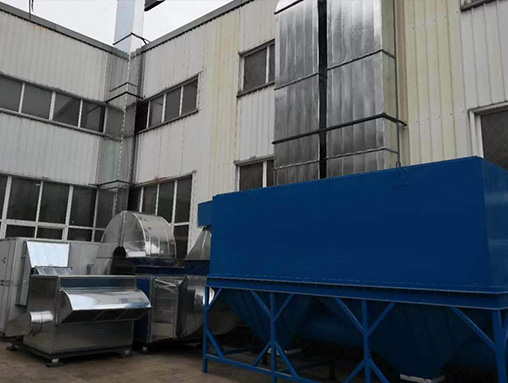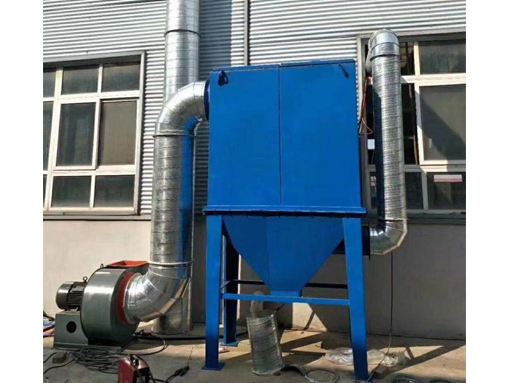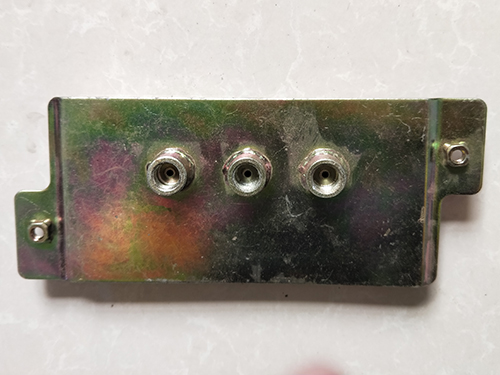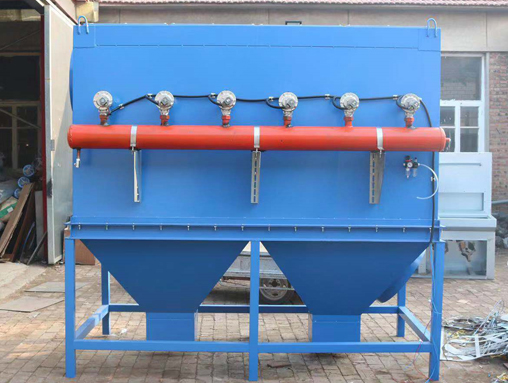Reasons for wrinkling of stamped parts
(1) Stamping parts; The stretching of the component is too deep, resulting in a significant drop. Causing the sheet metal to flow too quickly, resulting in wrinkling. (2) The drastic changes in the surface and the intersection of multiple surfaces are prone to material aggregation, causing wrinkling. (3) During the stretching process, the concave R angle of the workpiece is too large, and the convex R angle cannot press the material during the feeding process, causing wrinkling. (4) The process method is unreasonable, and in some areas where wrinkles are clearly visible, suction ribs, inclined grooves, etc. are not added. (5) The top cylinder pressure is too low, causing the material surface to not hold the material, resulting in wrinkling. (6) The optimization of sheet size is unreasonable, resulting in a shortage of material in certain areas where it is needed, leading to wrinkling due to the lack of material pressing during sheet feeding. (7) The clearance between convex and concave molds is unreasonable. (8) The position and size arrangement of the stretching bars are unreasonable, and the fit is not in place. (9) Excessive lubrication during production. (10) The parts that need to be stretched use forming technology instead of stretching. In short, whether it is due to the part or the process, uneven feeding is the fundamental reason for wrinkling of the part, and uniform feeding resistance of each part of the pressing surface is important for the tensile part to not wrinkle or even crack. Adjust the clearance between the convex and concave molds, as well as between the concave mold and the edge pressing ring. The adjustment of the clearance between the convex and concave molds can refer to the following method: the material pressing clearance adopts the principle of tight inside and loose outside. In the straight bending deformation zone and elongation deformation zone of the concave die mouth, slight tightness and looseness of the pressing surface should be allowed, and the inner clearance should be slightly smaller than the material thickness t, and the outer clearance should be slightly larger than the material thickness t. Because in these two types of regions, the material thickness t remains unchanged or becomes thinner due to tensile deformation, resulting in changes in the gap between the pressing surfaces. During the deformation process of materials in different regions, the elongation type deformation zone is subjected to tensile stress in the radial direction, resulting in thinning of the material thickness. As the material flows, the thickness of the material becomes thinner, and the gap between the pressing surfaces relatively increases, reducing the pressing force. When the sheet metal flows through the tight zone, the pressing surface and material are evenly adhered, which controls the feeding speed and balances the pressing force on the pressing surface. As the material moves, the pressing surface always maintains its pressing effect, which can prevent defects such as wrinkling from occurring.







